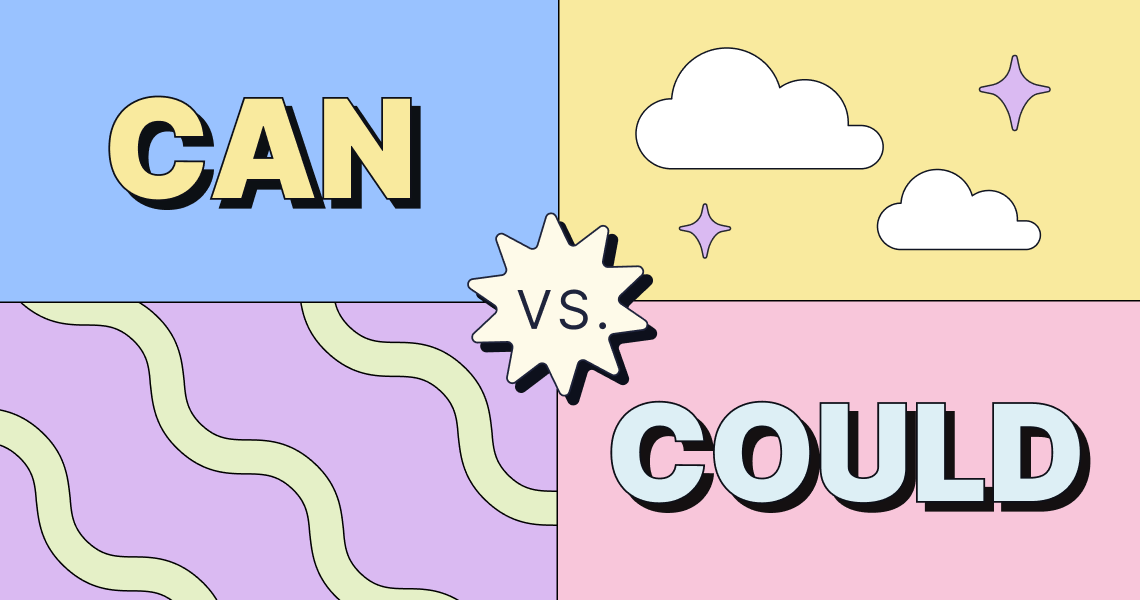Quantum Chromodynamics (QCD) stands as the cornerstone of our understanding of the strong force, a fundamental interaction governing the behavior of quarks and gluons. However, as with any robust theoretical framework, questions and challenges accompany its seemingly ironclad tenets. In recent discussions, an innovative illustration has emerged, sparking considerable debate regarding its potential as an alternative—or at the very least, a complementary approach—to QCD. The nuances embedded in this conversation warrant an exploration of its plausibility and implications.
At its core, QCD is pivotal for elucidating the strong interactions that bind protons and neutrons within atomic nuclei. Utilizing color charge as a defining characteristic of quarks and gluons, this theoretical model elegantly describes phenomena such as confinement and asymptotic freedom. Nonetheless, the intricate calculations and complex behaviors exhibited at different energy scales reveal limitations in making precise predictions. As such, the endeavor to seek alternative frameworks signals a vital quest for greater understanding and insight into particle physics.
One alternative illustration proposed evokes curiosity due to its simplification of complex interactions. It conceptualizes strong force dynamics in a manner more accessible to intuitive comprehension. This could engender a paradigm shift, inviting researchers to consider potential redefinitions of established principles. The illustration invites thoughts surrounding the interplay of quarks without the rigid architecture typically provided by QCD. Specifically, it presents a visually captivating representation that embodies a more holistic approach to understanding particle interactions.
Delving into the realm of hybrid models offers a fertile ground for exploration. Hybrid frameworks that merge classical and quantum perspectives could pave the way for alternative avenues of inquiry. By leveraging borrowed paradigms from classical physics, this illustration encourages physicists to reexamine the interplay of forces in a more expansive context. It promotes a rethinking of inter-particle relationships, urging scholars to visualize how elemental constituents coalesce into matter while emphasizing emergent properties. This approach might not only yield novel insights but also foster a richer dialogue surrounding the quantum world.
Additionally, the illustration implies a departure from the mathematical complexities that often shroud QCD. Such complexities frequently alienate newcomers to the field and obscure fundamental principles. In marrying visual representation with conceptual clarity, the illustration holds the promise of democratizing access to particle physics. This can pique the curiosity of students and laypersons alike, cultivating an environment in which broader audiences engage with, and perhaps even contribute to, cutting-edge research.
Nevertheless, it would be remiss to overlook the validity of concerns regarding the rigor of this alternative perspective. While illustrative approaches can provoke thought, they must be held to the same stringent standards of empirical validation as those set by established theories. If this alternative framework is to gain traction, definitive correlations with experimental data must be established. Consequently, the dialogue must encompass both theoretical beauty and empirical necessity, ensuring that the pursuit of knowledge remains grounded in observable phenomena.
Moreover, integrating this illustrative model into the broader context of particle physics compels one to inquire into the assumptions underlying QCD. How well does this new illustration account for the complexities of confinement? Can it sufficiently address non-perturbative effects that have historically bedeviled physicists? A concerted effort to engage these questions is crucial in assessing the plausibility of the alternative visualization presented.
At the heart of this discourse lies the potential for a symbiotic relationship between competing theories. Hybrid models and alternative illustrations need not vie for supremacy; instead, they can function as complementary tools. Concepts from both QCD and this nascent framework might be synthesized, leading to fresh insights enveloped in a more flexible understanding of particle interactions. Such collaborative ventures could indeed transcend traditional boundaries, fostering groundbreaking advancements in quantum field theory.
Furthermore, the psychology of scientific inquiry plays a pivotal role in the reception of alternative approaches. The allure of a simplified illustration may initially captivate imaginations; however, sustained engagement demands theoretical grounding. Thus, educators and researchers must tread carefully to balance inspiration with rigorous analytical thought. It is essential to recognize the illustrative model as a conversation starter—a catalyst for deeper investigation rather than a standalone resolution.
A critical examination of the implications raised by this illustration also involves considering its broader impact on interdisciplinary research. The realms of condensed matter physics and cosmology, for example, may gain fresh perspectives through the lens of this illustrative framework. Drawing connections between disparate fields can reveal shared underpinnings in the fabric of reality, reinforcing the idea that particle physics transcends its traditional confines. By fostering cross-disciplinary dialogue, the possibility emerges for multifaceted advancements in our collective understanding of the universe.
In summary, the exploration of an alternative illustration raises an amalgamation of intriguing questions and possibilities. It advocates for a fresh perspective on an established domain while emphasizing the necessity of empirical rigor. The potential synthesis of hybrid models alongside QCD sparks curiosity and invites discourse, fostering a landscape ripe for discovery and innovation. As physicists ponder whether this new visual approach could serve as a plausible alternative, the winds of change may very well be upon us in the quest for understanding the fabric of matter and the forces that knit it together.












